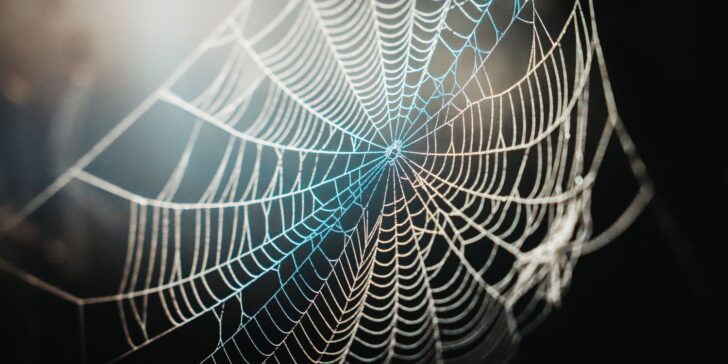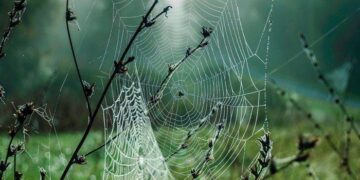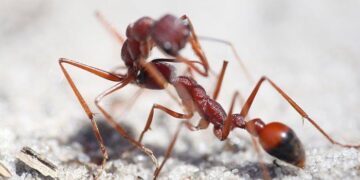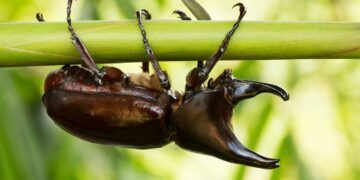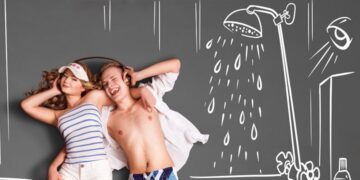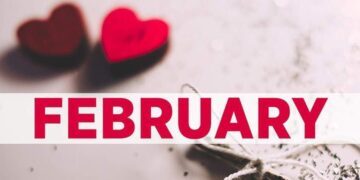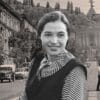Spiders have been called nature’s architects, building webs of all shapes and sizes. They use these webs as shelter, to catch prey, and some spiders even use their webs to get around.
Though we might be afraid of these sticky horrors, even humans have some uses for them.
Scientists and biologists have been studying these natural feats of engineering for decades. Let’s unravel some of the things they have discovered about the sticky webs spiders call home.
Darwin’s bark spider makes the longest strands of cobwebs in the world.
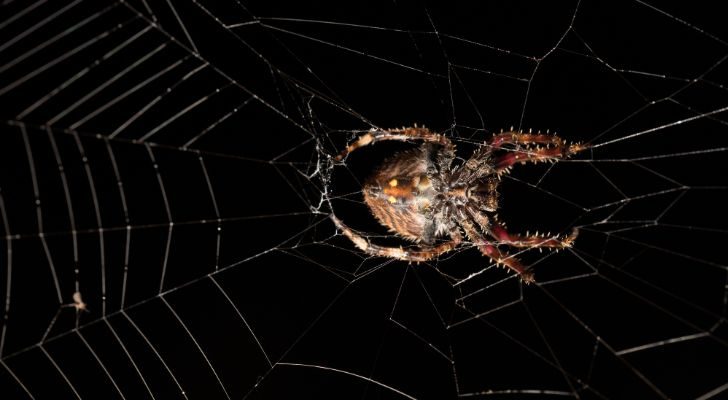
Have you ever seen a web stretch all the way across a lake or river? Then you might have come across Darwin’s bark spider.
They shoot their web and let the wind carry it over rivers and lakes, sometimes over 82 feet (25 meters) long!
With an area of 140 to 4340 square inches (900 to 28,000 square centimeters), these are some of the biggest webs around.
The orb of the web (the spiral-shaped net) usually hangs in the center, catching all the bugs flying around the water. Unsurprisingly, this is also the largest web orb around.
Spiders have learned to fly using their webs.

Spiders can fly hundreds of kilometers by using a method called ballooning or kiting. This behavior is usually used by spiderlings to disperse after hatching, but it has also been observed in adults.
They start by climbing to a high place, like the top of a tree, and then release a fine thread of spider silk called gossamer. Wind or even electrical fields then pull the spiders up and away.
Thankfully for arachnophobes worldwide they don’t have much control over their direction.
Some spiders catch and eat bats in their webs.
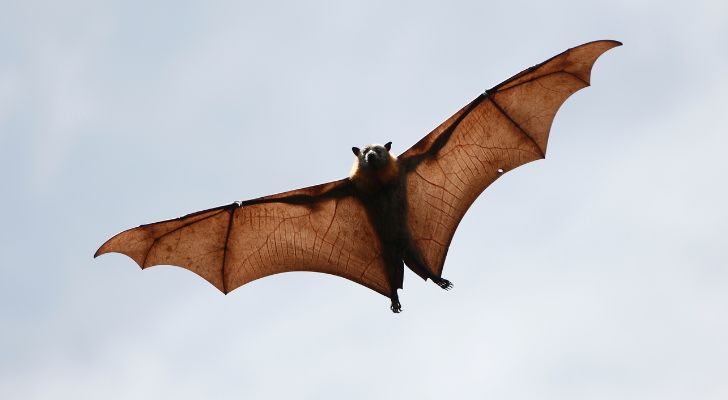
Spider silk is the strongest known biological material known to man. This means that many bugs and animals, much heavier than the spiders themselves, can get caught up in the webs.
Certain large orb-weaving spiders of the genus Nephila create webs that are about 5 feet (1.5 meters) wide and have been observed catching and eating the bats of Costa Rica.
People used to make spider web canvases.

The art was first documented in the 16th century in Puster Valley in the Austrian Tyrolean Alps, where monks stretched the cobwebs over a frame to create a canvas for painting.
Despite being glued together, the cobweb canvasses are incredibly delicate.
Less than 100 of these Austrian spiderweb paintings are still in existence. Though they were once created in large numbers, the Tyroloan monks have not made any new cobweb paintings since 1920.
Spiders are able to spin webs in zero gravity.

In 1973, NASA sent two spiders into orbit to the SkyLab space station as part of an experiment to see if spiders could spin webs in low-gravity conditions.
Although they struggled initially, they eventually adapted and were able to spin some unusually shaped webs. The webs were also not as strong as webs spun on Earth.
They weren’t the only spiders sent to space, though. Similar experiments were conducted on the ISS in 2008 and 2011.
There are seven different types of spider silk.

Spiders have glands that create different types of silk, each with its own use.
When building their webs, they use strong, non-stick silk to build the structure, which they then fill in with sticky blobs called aggregate for catching prey.
Once they have caught their prey, they use their toughest silk to wrap it up so it can’t get away. A similar silk is used to wrap their egg sacks, though this silk is more stiff as a means of protection.
They use another type of silk as a lifeline in case they fall. This silk can be tougher than steel per unit weight.
Spiderwebs can be used as an antiseptic bandage.

In the Carpathian mountains, which run through Europe, peasants used to cut up the web of a purseweb spider and use it as a kind of bandage.
According to one study by the University of Nottingham in 2017, they were right to do so.
They found that some spider silk has antibacterial properties and high levels of vitamin K, which helps clot blood.
The scientists went one step further, though, and experimented with creating synthetic antibiotic-infused spider silk wound dressings!
Scientists gave goats the spiderweb gene.

You read that correctly. In 2010, scientists from the University of Wyoming created goats that can produce spider silk and farm spider silk in large quantities for medical use, among other applications.
They gave seven goats the gene, and three of those goats tested positive for producing silk in their milk.
The goats seemed to be completely normal in every other way, though, and had no known health problems.
Since then, a number of companies and scientists have started making all kinds of synthetic silk products, from bulletproof vests to outdoor gear, like the Moon Parka by The North Face.
As you can see, spiderwebs are much more than they seem; they’re ingenious engineering marvels and have a wide variety of uses for both spiders and humans.
At the end of the day, we can learn a lot from these little creatures and the webs they weave.
Regardless of how creepy these structures can be, the next time you see one, try to appreciate the work that went into it.

